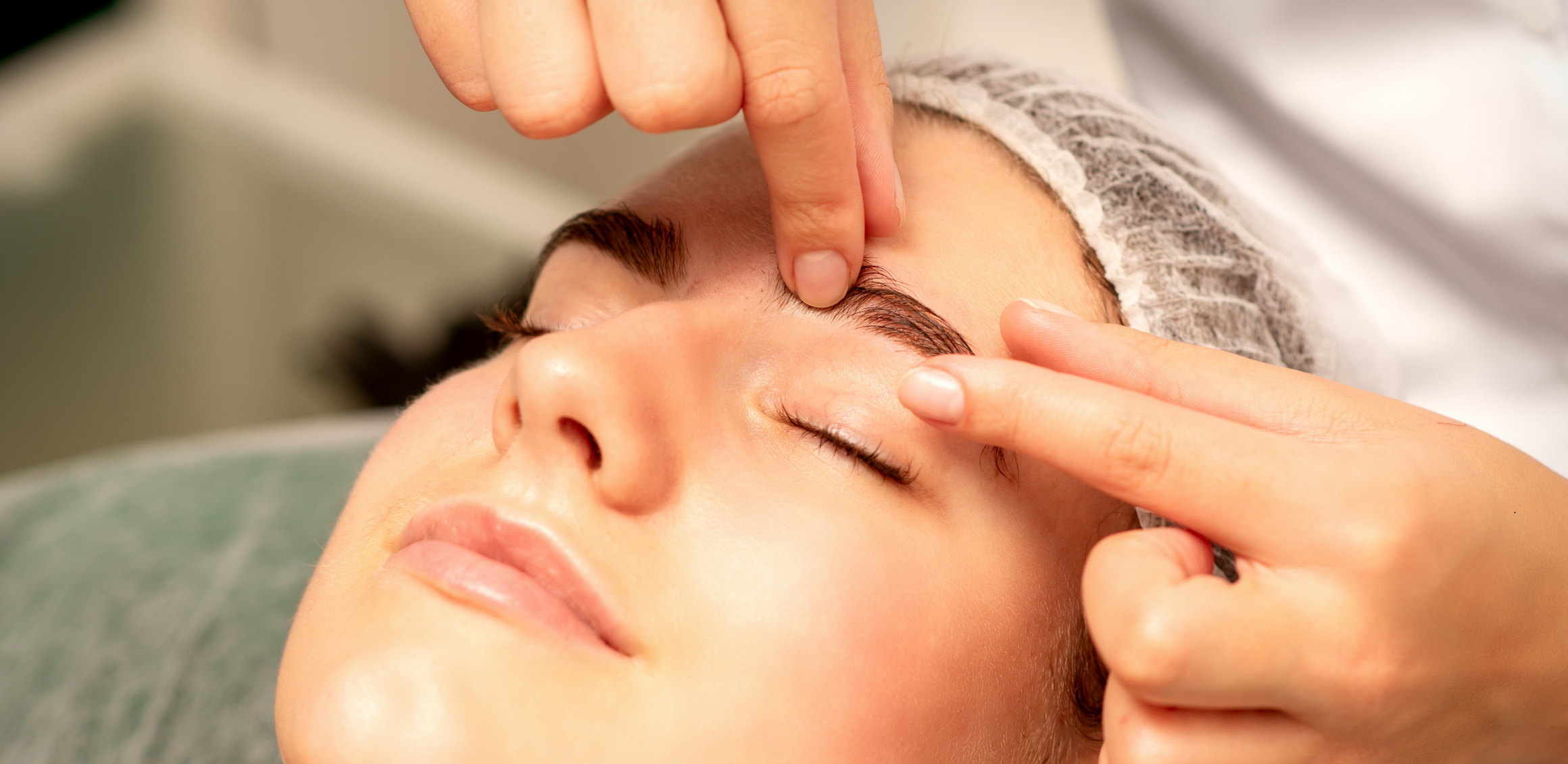
Brow Lift
Brow lift, an aesthetic procedure performed to reduce signs of aging or achieve a younger and vibrant appearance, can generally be conducted in three different ways:
Brow Lift
Brow lift, an aesthetic procedure performed to reduce signs of aging or achieve a younger and vibrant appearance, can generally be conducted in three different ways:
- Endoscopic Brow Lift: This method is performed using minimally invasive surgical techniques. Small incisions are made and a tiny camera (endoscope) along with thin surgical instruments are used to lift the brows upward. This approach typically results in a shorter recovery time and tends to leave less visible scarring.
- Coronal Brow Lift (Open Brow Lift): In this method, an incision is made along the forehead to lift the brows upwards. The incision is usually placed within the hairline or within natural forehead creases to minimize visibility of scars. The forehead skin is lifted, and excess skin and tissue are removed as needed.
- Direct Brow Lift (Browplasty): This technique involves various methods for lifting and reshaping the brows. Techniques such as classic (traditional) brow lift, temporal brow lift, endoscopic brow lift, and forehead lift may be used to enhance the shape and height of the brows.
The recovery period after a brow lift varies from person to person but generally completes within a few weeks, during which any scars tend to fade over time. Risks associated with brow lift procedures include infection, separation of the suture line, temporary numbness, swelling, and bruising during the healing process.
Consulting with a plastic surgeon is crucial to determine the most suitable method for brow lift and understand potential risks. The surgeon will consider the individual’s anatomical structure, skin type, and expectations to recommend the optimal treatment plan.
